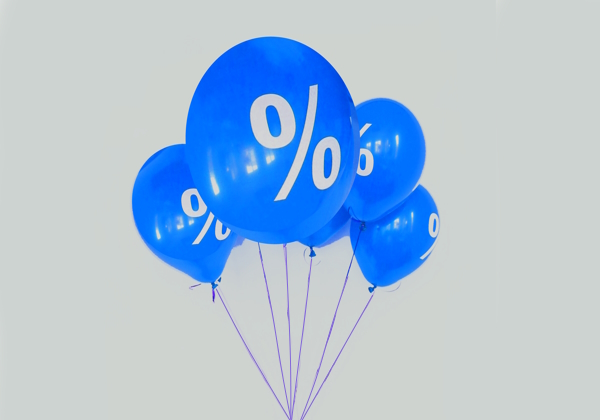
Mortgage payments as a percentage of household disposable income will hit a record high when the latest increase in the cash rate flows through to home loan rates.
Reserve Bank governor Philip Lowe said yesterday: “Based on the interest rate increases that have already occurred (including yesterday’s), total required mortgage payments are expected to reach 9.5 per cent of household disposable income later this year, which will be around a record high.”
Speaking at the Financial Review Business Summit, Lowe said that an increase of more than 10 per cent in household wage and salary income over the past year, along with the large stock of savings accumulated during COVID lockdown, would offset some of the impact of higher repayment costs.
But on balance he expects a period of subdued consumption growth, which will support the return of inflation to target.
Also yesterday, Moody’s reported that new home loan borrowers (as opposed to total borrowers in the RBA’s calculation) needed an average 30.9 per cent of monthly income to meet monthly mortgage repayments – up from 26.4 per cent in May last year.
Moody’s said rising rates have offset house price falls over the past year, with the result that “housing affordability will remain poor over 2023”.
“We expect that ongoing housing price decline will broadly balance out further interest rate rises in terms of their effect on housing affordability this year. If the RBA raises the cash rate to 4.1 per cent the share of income that borrowers need to meet repayments on new mortgages will hold around the February level if house prices decline 4.5 per cent.”
Moody’s said it does not expect household income growth this year to improve affordability while rates are rising.
Lowe said monetary policy was now in “restrictive territory” and the RBA was closer to the point where it would be appropriate to pause interest rate increases to allow more time to assess the state of the economy.